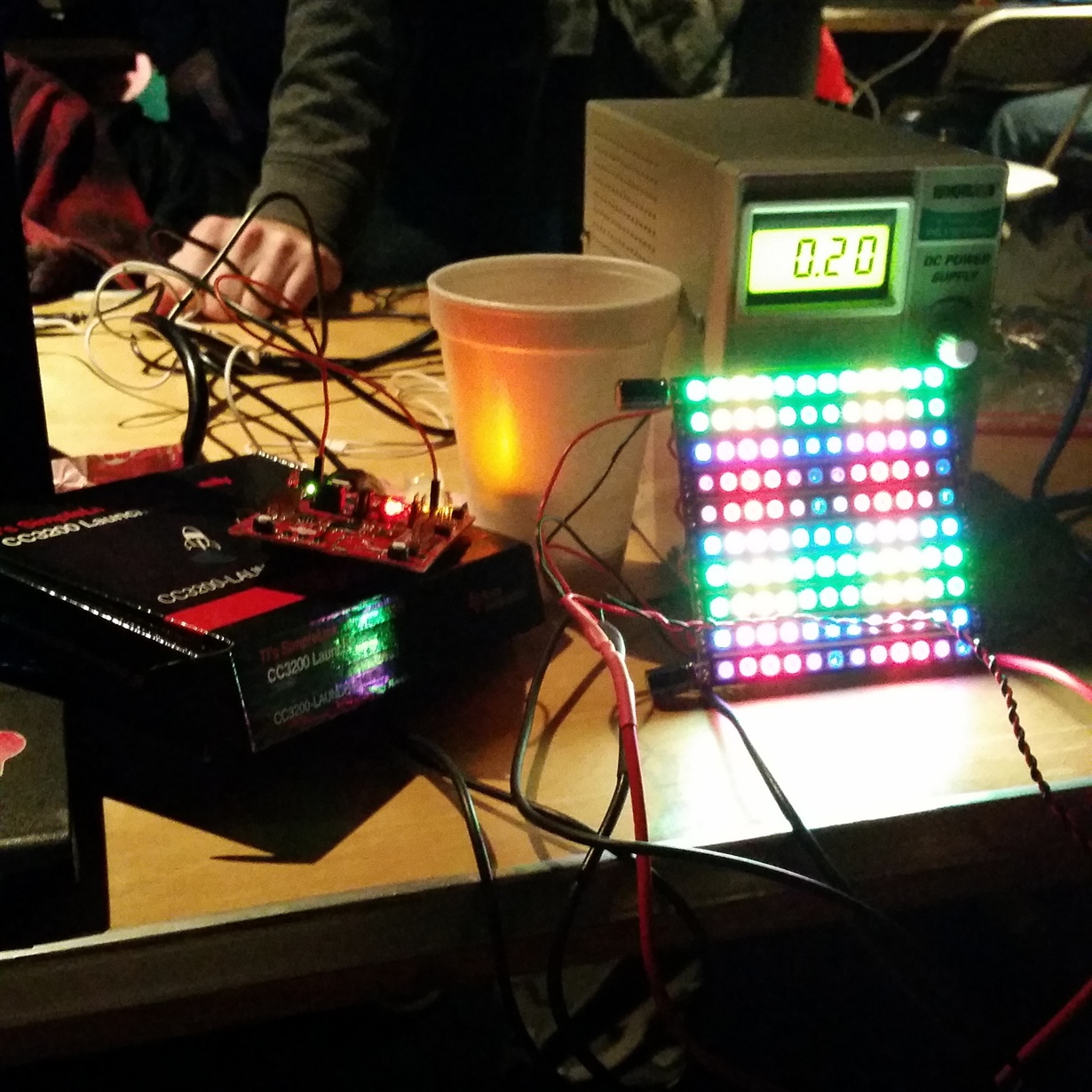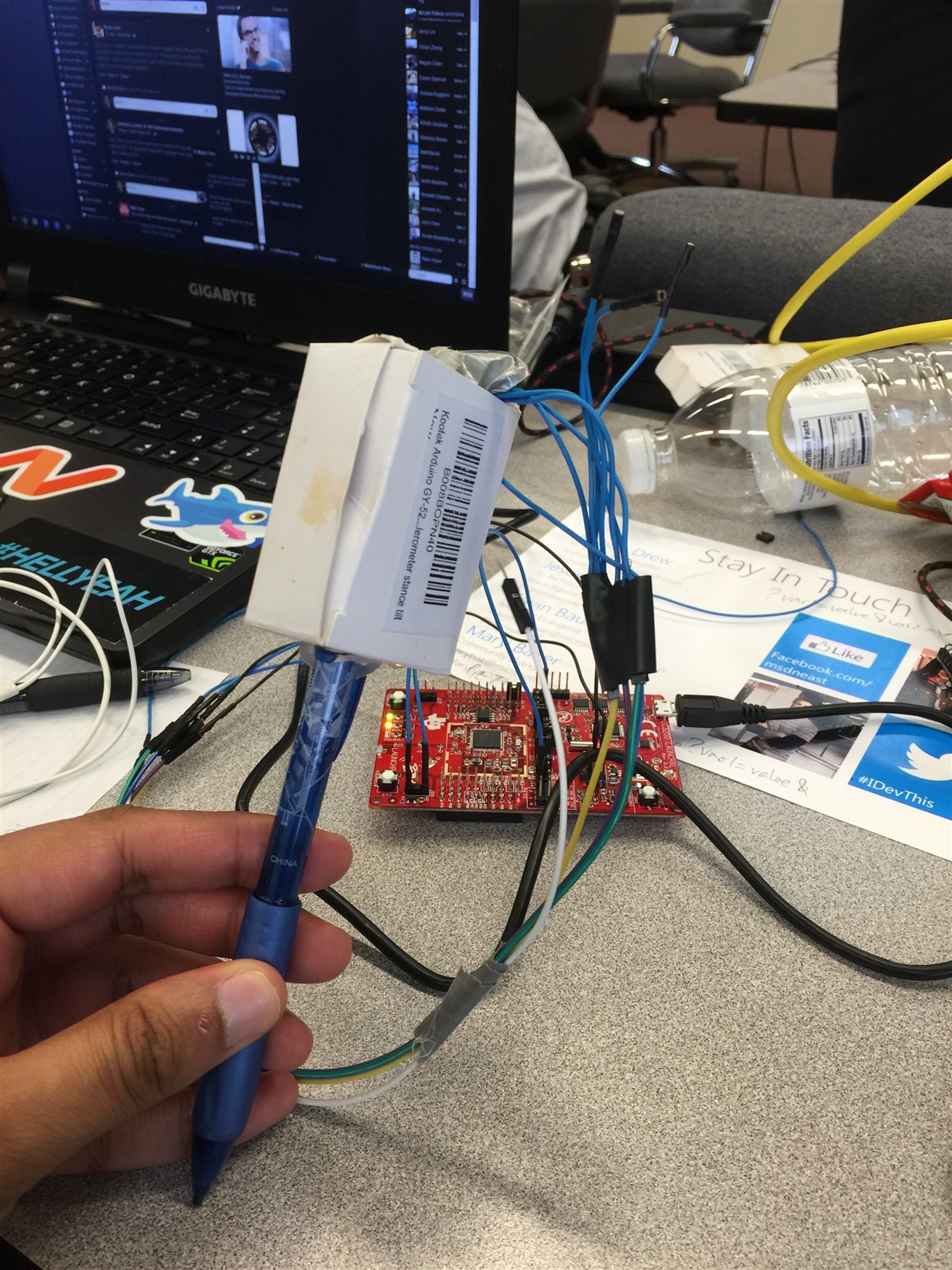Taking college campuses by storm, popular “hackathon” events have traditionally focused only on software development. However, as more students dream up new applications for the Internet of Things (IoT), they are discovering the need to incorporate hardware into their embedded system designs.
Inspired by low cost, low power EVMs with add-on boards and easy to use open source software programming methods, today’s hackathons are morphing into what we are calling ‘make-a-thons’ or ‘build-a-thons,’ enabling rapid prototyping of applications in a fun, fast paced environment. The Texas Instruments LaunchPads and BoosterPacks coupled with Energia software are a great option for teams.
A build event hosted by Rensselaer Polytechnic Institute (RPI) called, HackRPI, succeeded in bringing hardware and software together for more than 500 students from 75 universities, with many students using TI LaunchPads to create cool projects.
Armed with little more than a work space table and an electrical outlet, students brought their own materials or acquired what they needed from TI and other industry representatives to design, create and demo projects built from scratch in 24 hours.

Students thrive on the 24-hour challenge of creating a project from scratch.
Using the low-power SimpleLink™ Wi-Fi® CC3200 LaunchPad, students Anthony Lobko and Vishnu Ravi created a modern art generator called SimpleScribe. Attaching a sensor to a pen, SimpleScribe replicates its movement on a computer screen. Utilizing the CC3200’s wireless MCU, which integrates a high-performance ARM Cortex-M4 microcontroller (MCU) with Internet-on-a-chip™ Wi-Fi connectivity, the students discovered they could stream movements directly to a cloud server, displaying their art on an iPad® in real-time.
“Using the LaunchPad’s built in Wi-Fi was much easier than attaching an additional chip,” said Anthony. “It sent the data perfectly and saved us six to seven hours of additional coding.”
The SimpleScribe modern art generator project.
Dan Foster, Satoshi Matsuura and Zhaoyi Zhang also used the SimpleLink Wi-Fi CC3200 LaunchPad, developing a winning project in the products category. Their project, SmartLights, relies on the LaunchPad to talk directly to a strip of LED lights, allowing users to specify color, temperature, brightness, custom colors and patterns to reflect their moods. It can be used throughout an entire home for general purpose lighting that can be managed remotely.
“Without LaunchPad’s embedded Wi-Fi, it would have been much harder to set up the access interface,” Dan said, adding that the team also used Energia software, which made rapid programming easier.

The SmartLights project uses LaunchPad to communicate to the LED lights.
Based on Arduino and the Wiring framework, Energia includes an integrated development environment (IDE) that is based on Processing. It creates a shortcut around much of the traditional, highly-technical details of development and simplifies the IDE for new MCU developers. Energia comes pre-installed with many pre-written code examples and several tutorials are available on the Energia web site.
Participating in these events is a good way to get practical experience with real-world products. As Dan points out, the best way to get a job in engineering is to practice being an engineer. Not to mention, building a rapid prototype at a build-a-thon is a great way to highlight your skills to potential employers.
Students, are you working on cool projects from build-a-thons using TI Technology? Be sure to enter your design in the student project repository to share and collaborate with other students. You can also link your resume in the repository for potential employers to see.
Did you know: using a TI MCU plus two analog chips can win you recognition and prizes? Enter the TI Innovation Challenge design contest before the submission deadline on May 24, 2015 for your chance to win!

